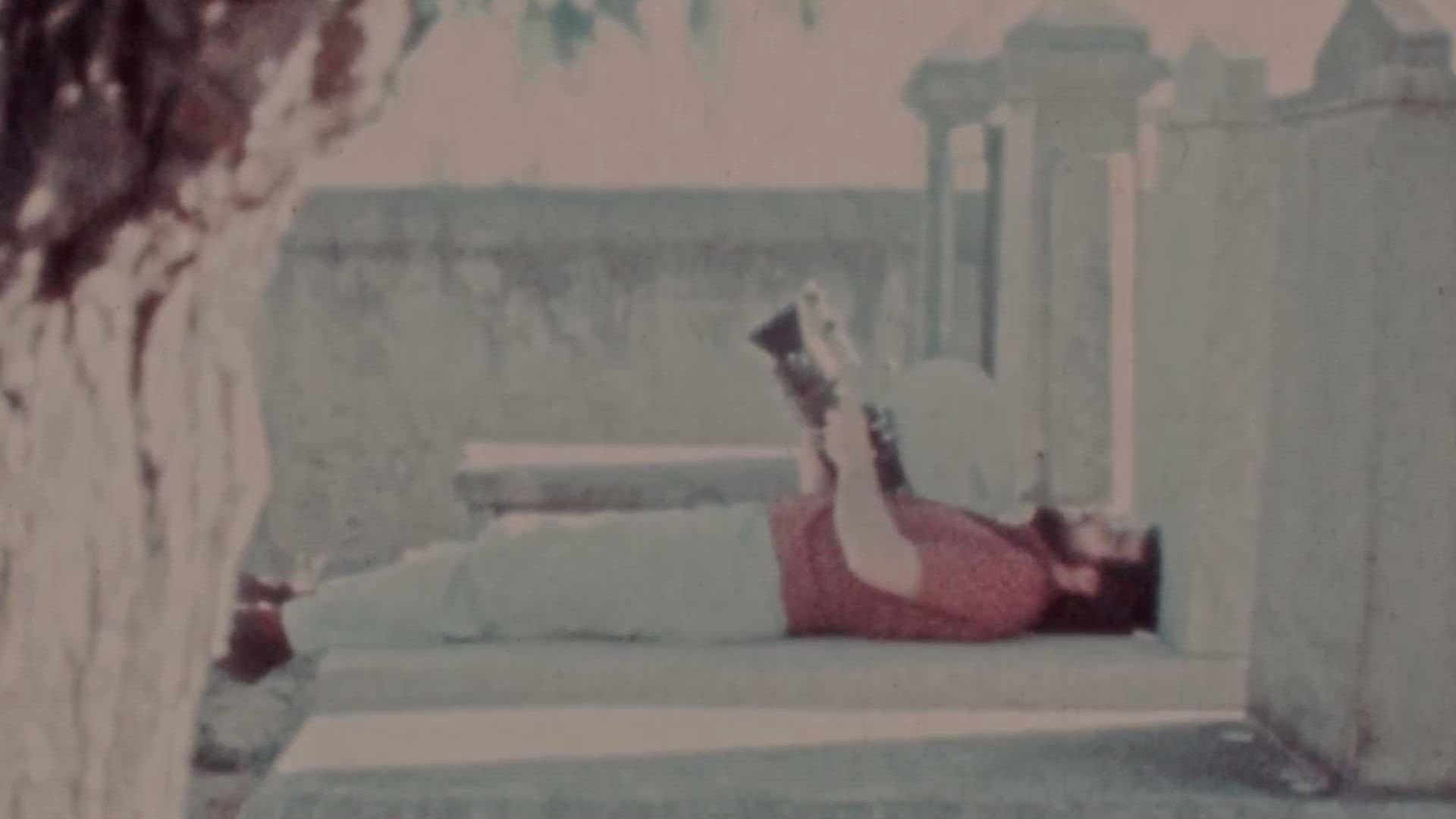Experimental filmmaker Narcisa Hirsch (1928 - 2024) was born in Berlin and moved to Argentina before WW2. Hirsch organized art happenings during the late 1960s. She turned to experimental film and video, becoming one of the most celebrated yet not broadly known South American experimental filmmakers. Her work was shown worldwide in museums and festivals.
Introduction: Lea Mauas
A Dios
1984 | 22 min. | Super 8 to Digital | Sound
A man comes back home from the war, defeated. A poetic film reflection on manhood.
Pioneros Moisesville
1976 | 17 min. | Super 8 to Digital | No Sound
An experimental documentary short depicting the “making of” of the feature-length documentary Pioneros and filmed in Moisesville.
Meadow
2019 | 3 min. | Super 8 to Digital | Sound | Together with Tomas Rautenstrauch
The hands of Narcisa Hirsch, a nonagenarian, open another Super 8 cartridge to load a camera. A ritual of the transmission of a legacy between the artist grandmother and her grandson, Tomás Rautenstrauch, as they watch a film of a meadow that slowly takes over the frame.
Aleph
2005 | 1 min. | Super 8 to Digital |Sound
The Aleph is the point where diachronic and synchronic time converge, where life can be experienced as “an entire lifetime or a single minute.” Moments follow one another, yet they also unfold simultaneously. Each moment holds the depth of the infinite and the eternal. Each second represents a stage of life—from birth to death. The Aleph is the point that concentrates all of these instances.
Rafael
1984 |12 min. | Super 8 to Digital | Sound
“I was very happy with you, and now the reeds bow over the waters. There is no nostalgia.” On Rafael Maino’s birthday, Hirsch creates a letter-film using images they shot together in Patagonia and during their travels through Chile and Brazil, as well as images of bodies (mainly male), that she thought he would find attractive.
Manzanas Apples
1969 | 5 min. |16 mm to Digital |Sound
Hirsch’s first shorts were a documentation of actions and performances done in public or art spaces. In Manzanas, the artists gave hundreds of apples to passersby in one of the busiest intersections of the business center of Buenos Aires.
Kindly supported by: Goethe Institut Jerusalem
Thanks to: Yael Goldman and Maayan Sheleff, Goethe Institut; Irit Carmon Popper and Debra Kaplan
